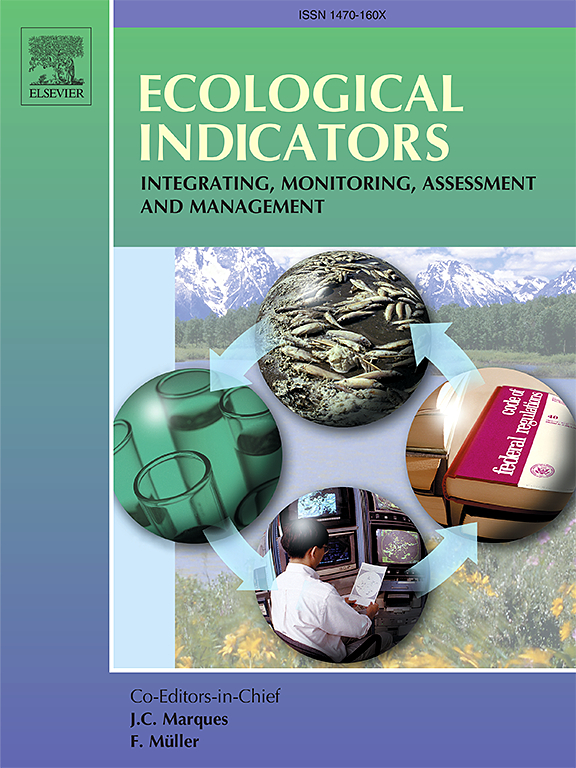Validating the use of MODIS time series for salinity assessment over agricultural soils in California, USA
2018-10-01 null null 93(卷), null(期), (null页)
Testing soil salinity assessment methodologies over different regions is important for future continental and global scale applications. A novel regional-scale soil salinity modeling approach using plant-performance metrics was proposed by Zhang et al. (2015) for farmland in the Yellow River Delta, China, a region with a humid continental/subtropical climate. The one-year integral of temporally interpolated MODIS Enhanced Vegetation Index (EVI) time series data was proposed as an explanatory variable for agricultural soil salinity modeling. Here, we test such a methodology in California's Central Valley, USA, a region with a semi-arid Mediterranean climate. Time series of EVI, Normalized Difference Vegetation Index (NDVI), and Canopy Response Salinity Index (CRSI) were created for the 2007-2013 period. Seventy-three MODIS pixels surveyed for 0-1.2-m soil salinity in 2013 were used as the ground-truth dataset. Our results validate the tested approach: the 2013 integral of CRSI (best performing index) had a Pearson correlation coefficient (r) of -0.699 with salinity. Results obtained using temporally integrated data were almost always better than those obtained using individual data. Furthermore, we show that the methodology can be improved by the use of multi-year data. Further research is needed to improve spatial resolution and the selection of vegetation indices.
相关推荐
- Remote sensing-based energy balance for lettuce in an arid environment: influence of management scenarios on irrigation and evapotranspiration modeling [2018-10-01]
- Estimation of the relationship between satellite-derived vegetation indices and live fuel moisture towards wildfire risk in Southern California [2018-10-01]
- Comparative regional-scale soil salinity assessment with near-ground apparent electrical conductivity and remote sensing canopy reflectance [2018-10-01]
- Monitoring scale-specific and temporal variation in electromagnetic conductivity images [2018-10-01]
- Moving Forward on Remote Sensing of Soil Salinity at Regional Scale [2018-10-01]



